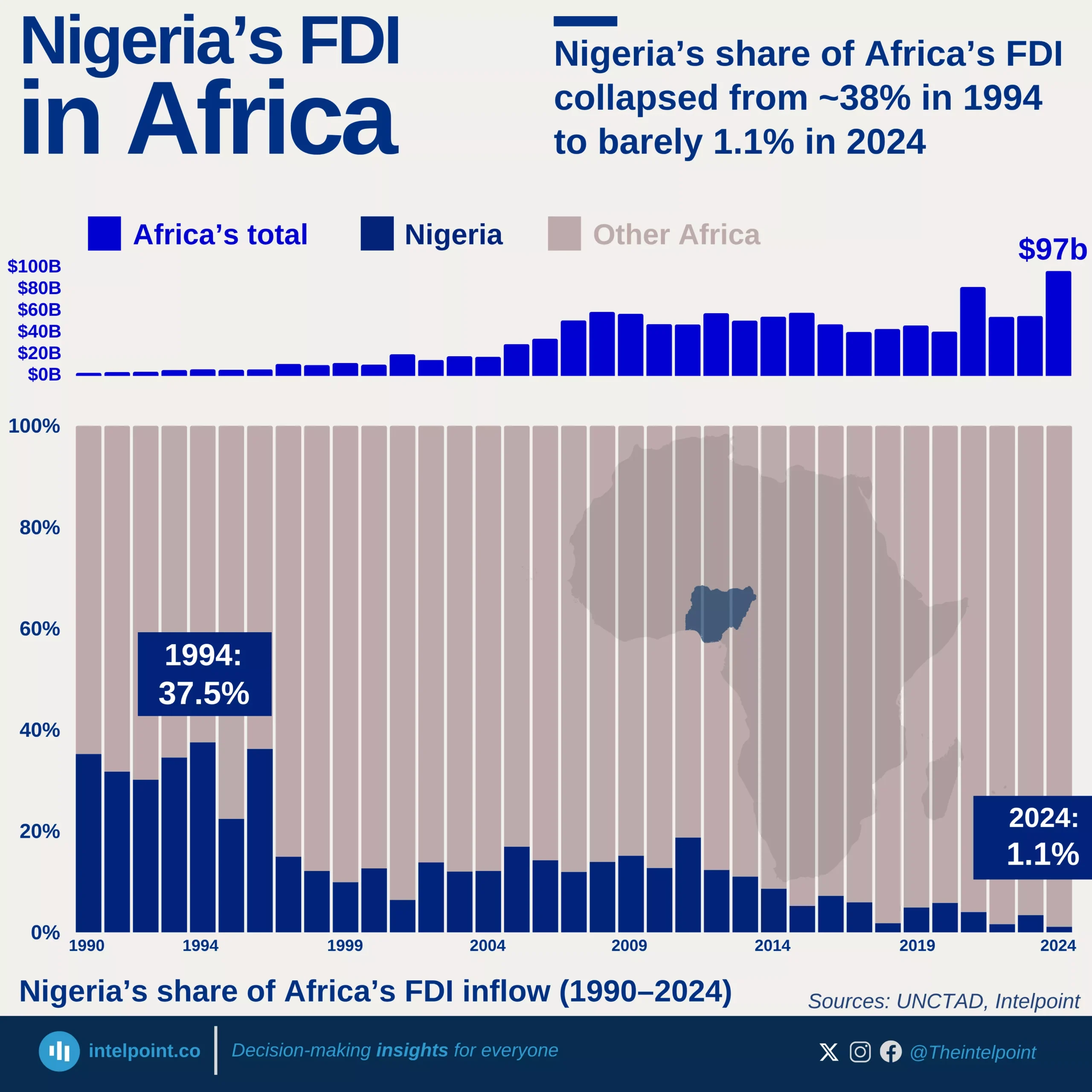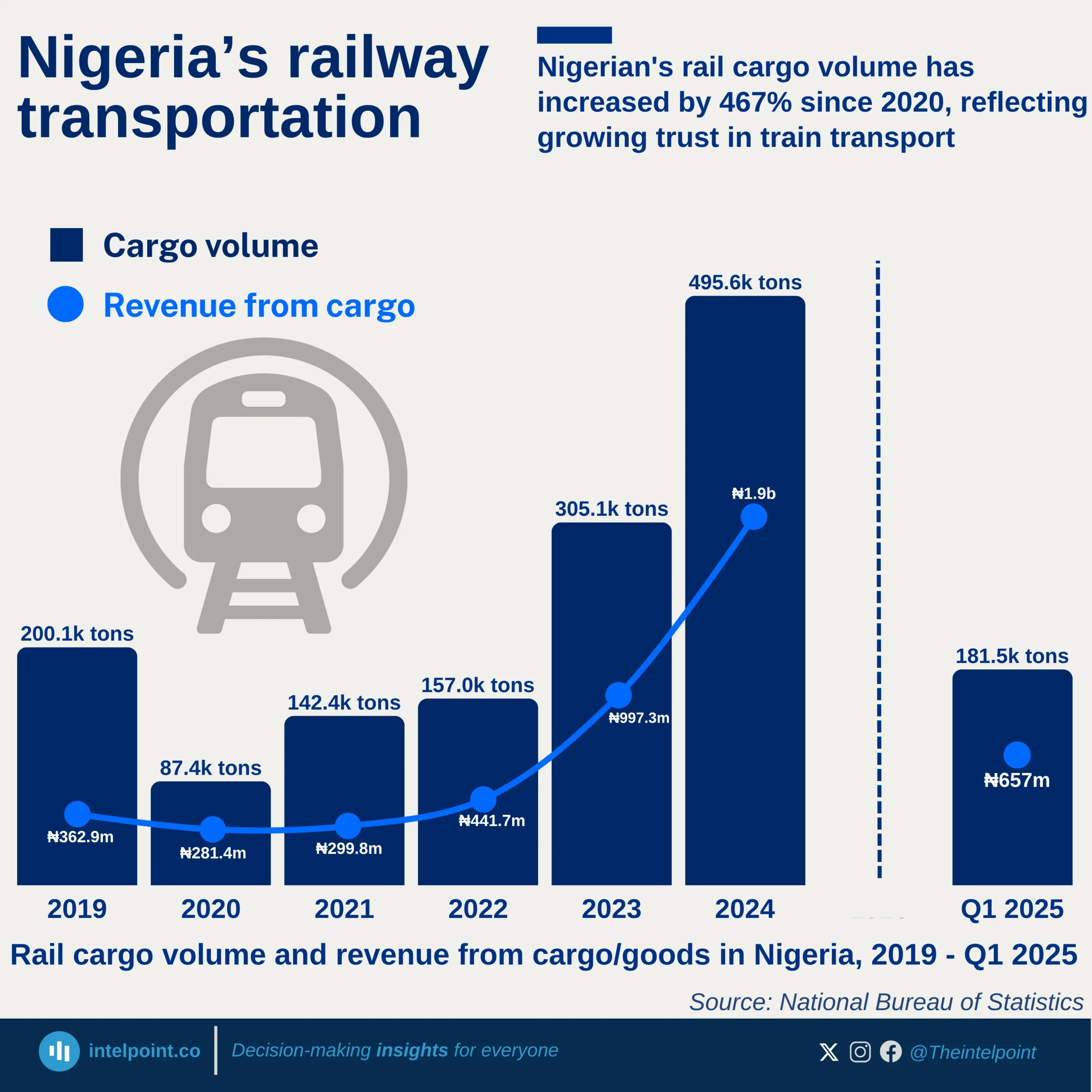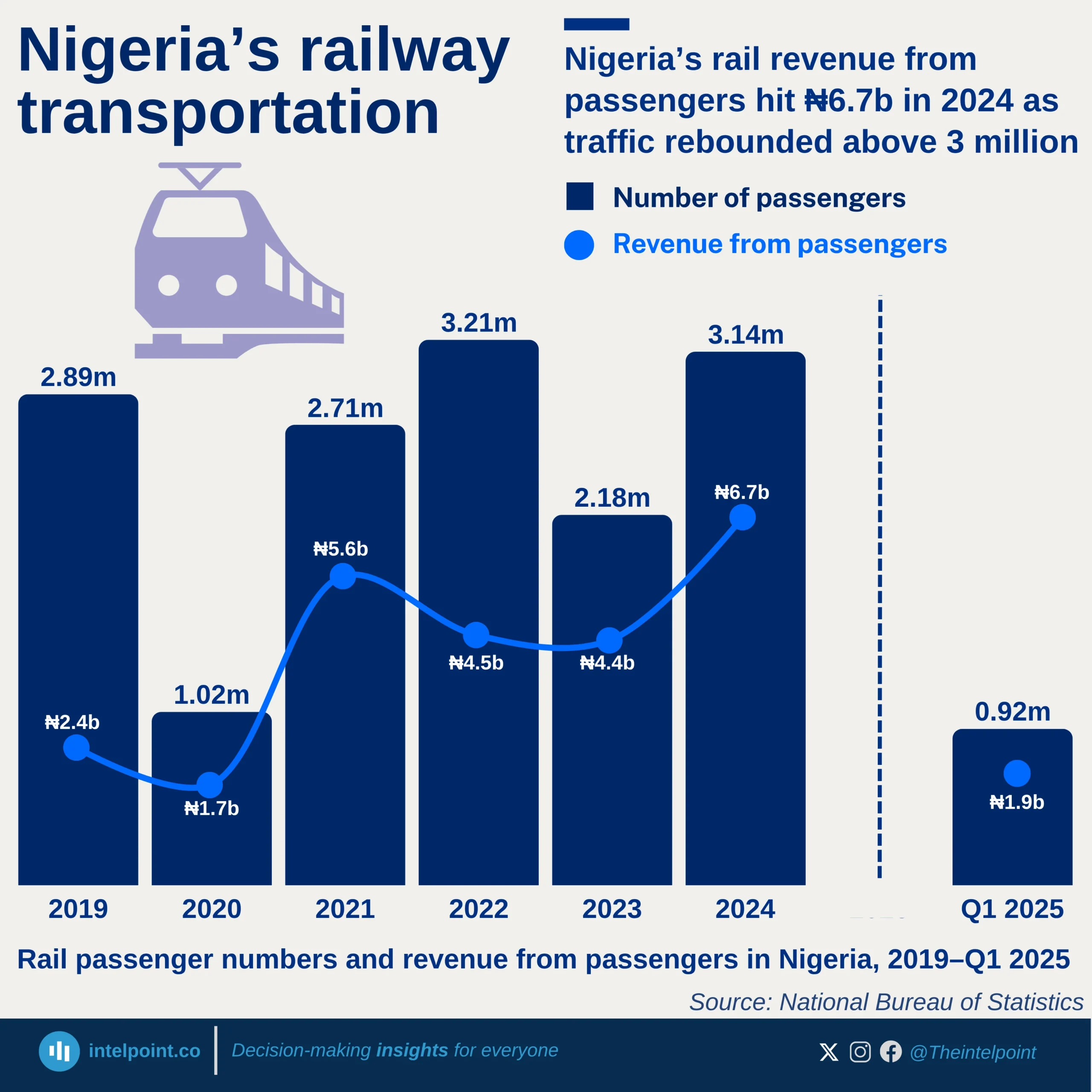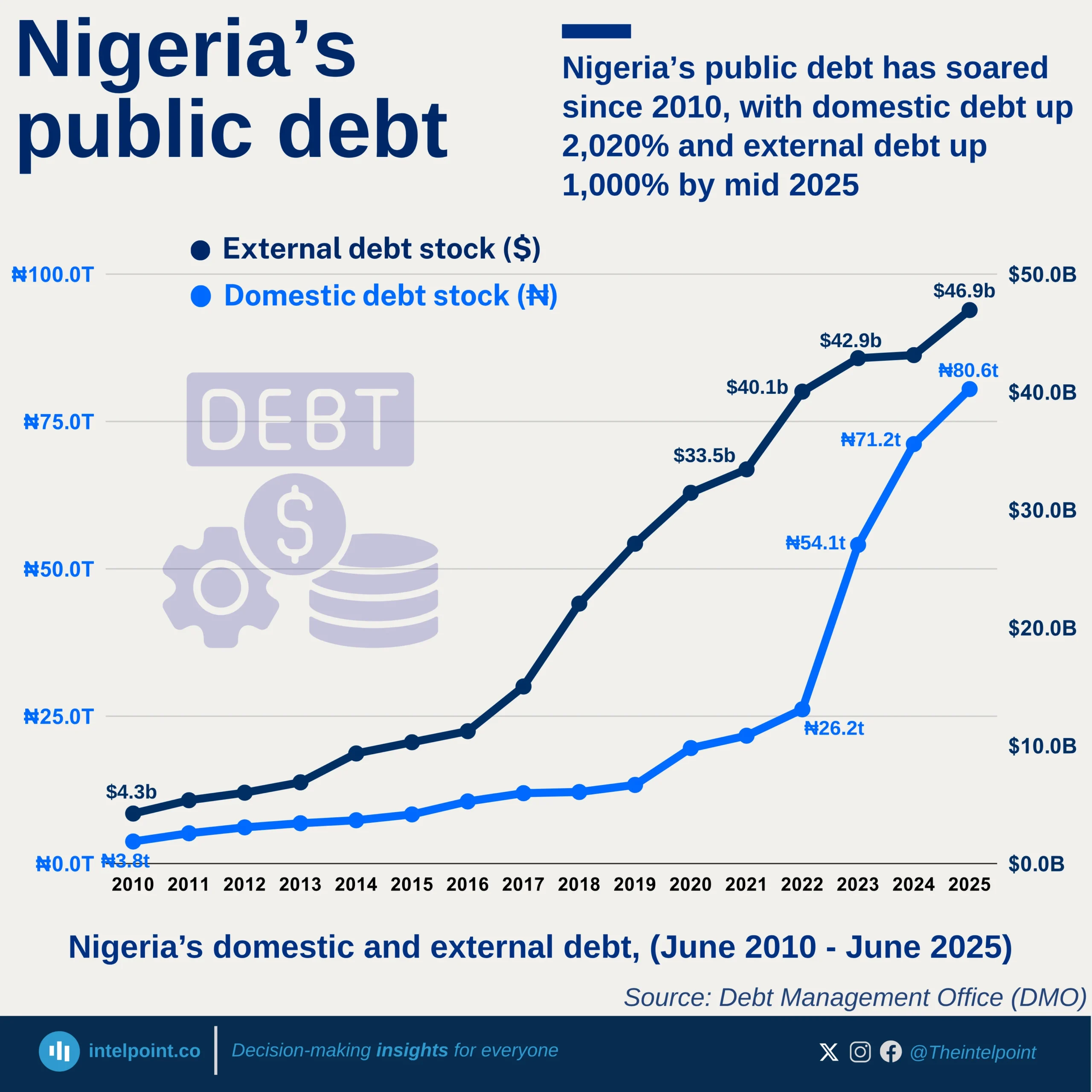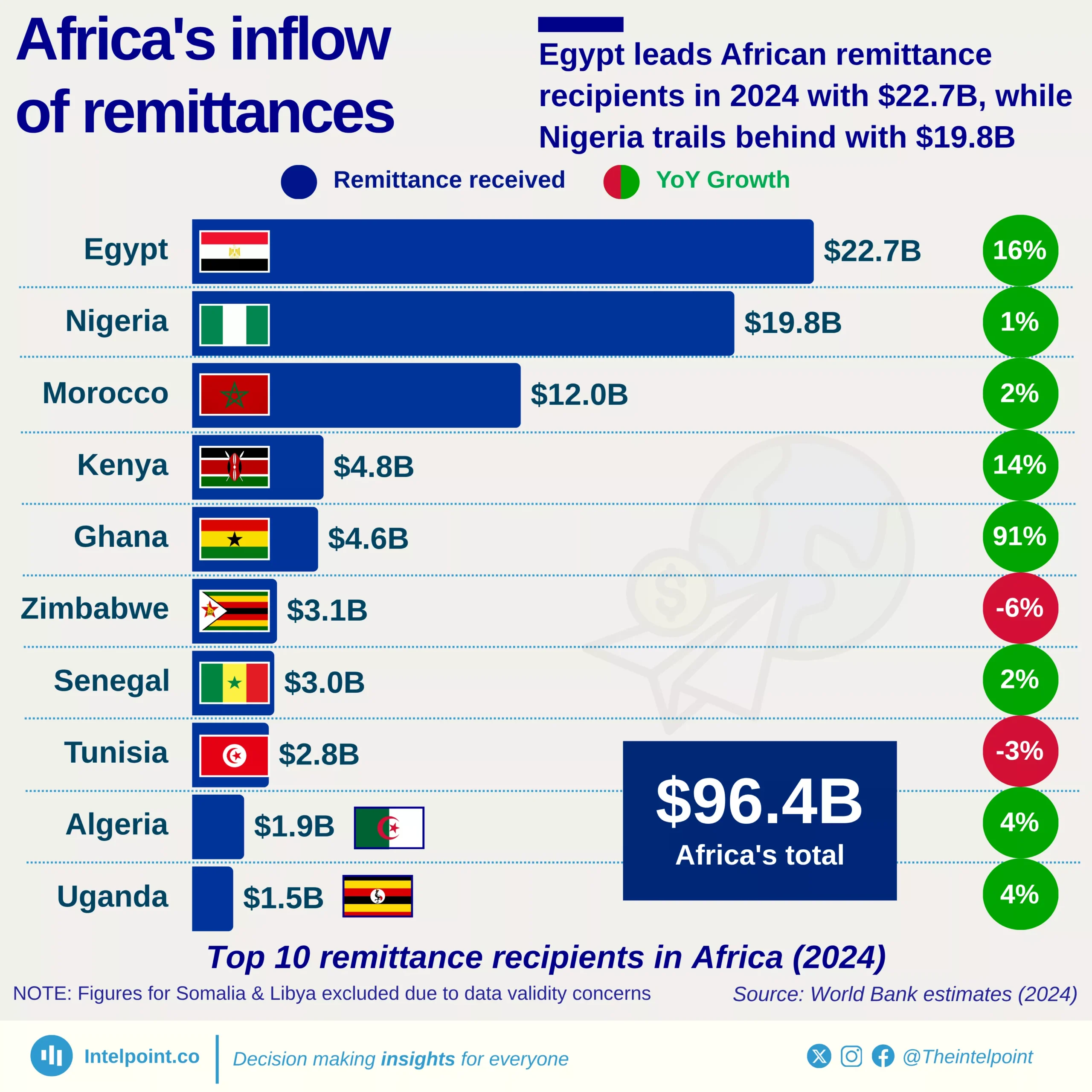Nigeria’s retail sector is marked by significant disparities in geographical coverage. Shoprite remains the most widely distributed supermarket chain, present in 13 states, followed closely by Marketsquare, which operates in 11 states. Other brands like Everyday Supermarket, Justrite, and Spar have much smaller footprints, each spanning four to five states.
